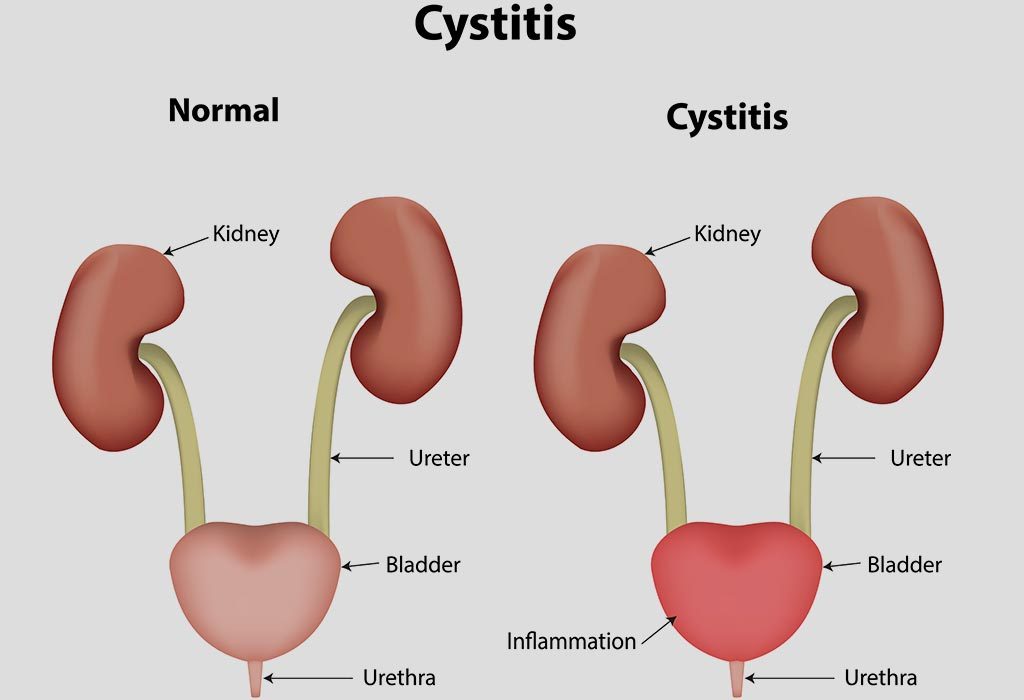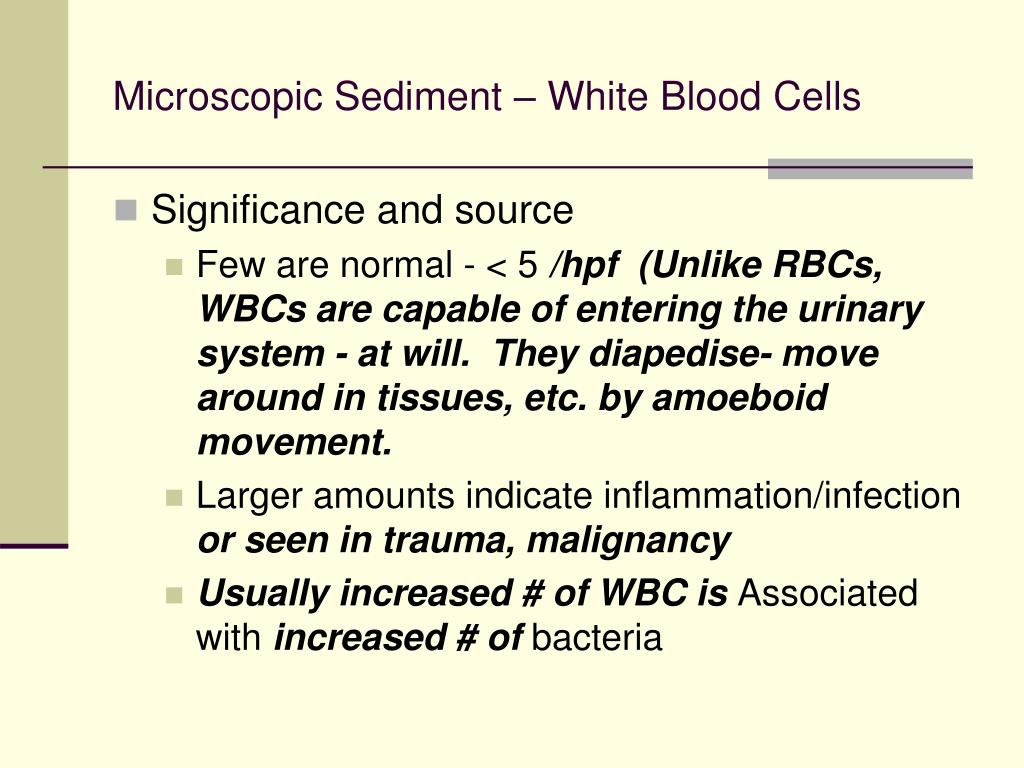high white blood count in urine but no infection Urine cells elevated infection leukocytes wbcs
Cystitis is a common condition that can affect both men and women. It refers to the inflammation of the bladder caused by a bacterial infection. It often leads to pain and discomfort in the lower abdomen, frequent urination, and a burning sensation while urinating. If you have been experiencing these symptoms, it is important to consult a healthcare professional for a proper diagnosis and treatment.
Cystitis Explained
 Cystitis is caused by the invasion of bacteria into the urethra and subsequently reaching the bladder. Escherichia coli (E. coli) is the most common bacteria responsible for this infection. However, other bacteria such as Staphylococcus saprophyticus and Klebsiella pneumoniae can also cause cystitis.
Cystitis is caused by the invasion of bacteria into the urethra and subsequently reaching the bladder. Escherichia coli (E. coli) is the most common bacteria responsible for this infection. However, other bacteria such as Staphylococcus saprophyticus and Klebsiella pneumoniae can also cause cystitis.
The condition is more common among women due to their shorter urethra, making it easier for bacteria to enter the bladder. Sexual intercourse, the use of diaphragms or spermicides, and menopause are some of the factors that can increase the risk of developing cystitis.
Symptoms and Diagnosis
Symptoms of cystitis often include a strong urge to urinate, even when the bladder is not full. This frequent urge is accompanied by a pain or burning sensation when passing urine. The urine may appear cloudy or have a strong odor, and there may be traces of blood in it. Lower abdominal pain and discomfort are also common symptoms.
To diagnose cystitis, a healthcare professional will typically ask about your symptoms and medical history. A urine sample will be collected to test for the presence of bacteria and white blood cells. A high white blood cell count in the urine is an indication of infection.
Treatment and Prevention
The treatment for cystitis usually involves antibiotics to clear the infection. It is important to complete the full course of antibiotics, even if the symptoms subside, in order to prevent the infection from returning.
To prevent cystitis, it is advisable to drink plenty of water to flush out bacteria from the urinary system. Urinating before and after sexual intercourse can also help reduce the risk of infection. Good hygiene practices, such as wiping from front to back after using the toilet, can minimize the chances of bacteria entering the urethra.
 A High White Blood Cell Count in Urine
A High White Blood Cell Count in Urine
A high white blood cell count in urine can be a sign of an infection in the urinary tract, including cystitis. White blood cells are part of the body’s immune system and their presence indicates that the body is fighting an infection. If you have a persistent high white blood cell count in your urine, it is important to consult a healthcare professional for further evaluation and treatment.
In conclusion, cystitis is a common condition that can cause significant discomfort. If you suspect that you may have cystitis, it is important to seek medical attention for proper diagnosis and treatment. Remember to drink plenty of water, practice good hygiene, and take precautions to reduce the risk of developing cystitis. Your health and well-being should always be a top priority!
If you are searching about WBC in Urine - High Count Causes - YouTube you’ve came to the right page. We have 5 Images about WBC in Urine - High Count Causes - YouTube like Cystitis, Elevated white blood cells in urine | High white blood cell count and also Elevated white blood cells in urine | High white blood cell count. Read more:
WBC In Urine - High Count Causes - YouTube
 www.youtube.comurine wbc high count causes
www.youtube.comurine wbc high count causes
Choice Of Urine Collection Methods For The Diagnosis Of Urinary Tract
 jamanetwork.comurine urinary tract stratified ratios counts infections likelihood diagnostic febrile diagnosis infants jamanetwork
jamanetwork.comurine urinary tract stratified ratios counts infections likelihood diagnostic febrile diagnosis infants jamanetwork
Cystitis
 parenting.firstcry.comElevated White Blood Cells In Urine | High White Blood Cell Count
parenting.firstcry.comElevated White Blood Cells In Urine | High White Blood Cell Count
 solanolabs.comurine cells elevated infection leukocytes wbcs
solanolabs.comurine cells elevated infection leukocytes wbcs
High White Blood Cell Count In Urine | General Center | SteadyHealth.com
 ic.steadyhealth.comurine esterase steadyhealth
ic.steadyhealth.comurine esterase steadyhealth
Wbc in urine. Urine wbc high count causes. Urine urinary tract stratified ratios counts infections likelihood diagnostic febrile diagnosis infants jamanetwork